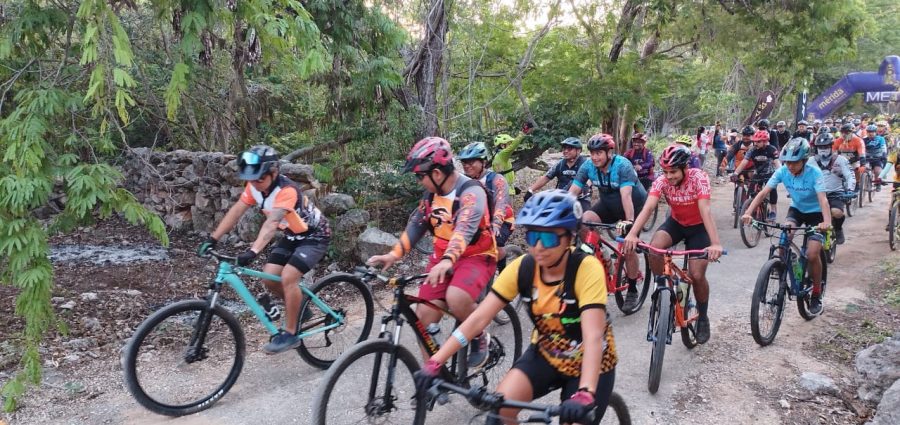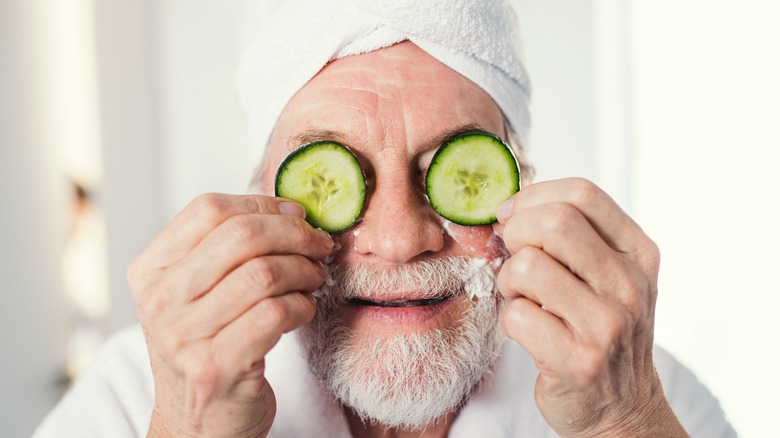As temperatures rise during the summer months, it’s crucial to be aware of the risks associated with heat-related illnesses, particularly heat stroke. Heat stroke occurs when the body’s internal temperature rises to dangerous levels, resulting in potentially life-threatening consequences. Fortunately, with a few preventive measures, you can keep yourself and those around you safe from heat stroke. In this article, we will explore some effective strategies to prevent heat stroke and ensure a comfortable and enjoyable summer.
- Stay Hydrated
One of the most vital steps in preventing heat stroke is maintaining proper hydration. Drink plenty of fluids throughout the day, even if you don’t feel thirsty. Opt for water, sports drinks, or electrolyte-rich beverages to replenish the fluids and electrolytes lost through sweating. Avoid excessive consumption of caffeine or alcohol as they can contribute to dehydration.

- Dress Appropriately
Choose lightweight, loose-fitting clothing made of breathable fabrics such as cotton or linen. Light-colored clothing reflects sunlight and helps to keep your body cooler. Additionally, wearing a wide-brimmed hat and sunglasses provides shade and protects your head and eyes from the sun’s direct rays.

- Seek Shade and Limit Sun Exposure
When the sun is at its peak, typically between 10 a.m. and 4 p.m., try to stay in shaded areas as much as possible. If you must be outside, use umbrellas, awnings, or other forms of sun protection to shield yourself from direct sunlight. Apply a broad-spectrum sunscreen with a high SPF (Sun Protection Factor) to exposed skin, and reapply it regularly.

- Plan Outdoor Activities Wisely
If you have outdoor activities planned, schedule them during the cooler parts of the day, such as early morning or late afternoon. Engage in physical activities in moderation and take frequent breaks in shaded or air-conditioned areas to allow your body to cool down.

- Create a Cool Environment
Ensure that your living space or workplace is properly ventilated and, if possible, equipped with air conditioning. If air conditioning is not available, use fans and keep windows open to promote air circulation. Consider using portable fans or misting devices when outdoors to create a refreshing breeze.
- Know the Warning Signs
Be familiar with the symptoms of heat stroke, which include a high body temperature (above 103°F or 39.4°C), hot and dry skin, rapid pulse, dizziness, headache, confusion, and loss of consciousness. If you or someone around you exhibits these signs, seek immediate medical attention and take steps to cool the affected person down.

- Take Care of Vulnerable Individuals
Pay special attention to those who are more susceptible to heat-related illnesses, such as older adults, young children, and individuals with chronic medical conditions. Check on them regularly, ensure they have access to cool environments, and encourage them to stay hydrated.
Heat stroke is a serious condition that requires proactive prevention. By following these essential tips, you can minimize the risk of heat stroke and enjoy a safe summer. Remember to stay hydrated, dress appropriately, seek shade, plan outdoor activities wisely, create a cool environment, recognize the warning signs, and take care of vulnerable individuals. With these precautions in place, you can beat the heat and have a memorable summer while keeping yourself and others protected from heat stroke. Stay cool and stay safe!
TYT Newsroom


